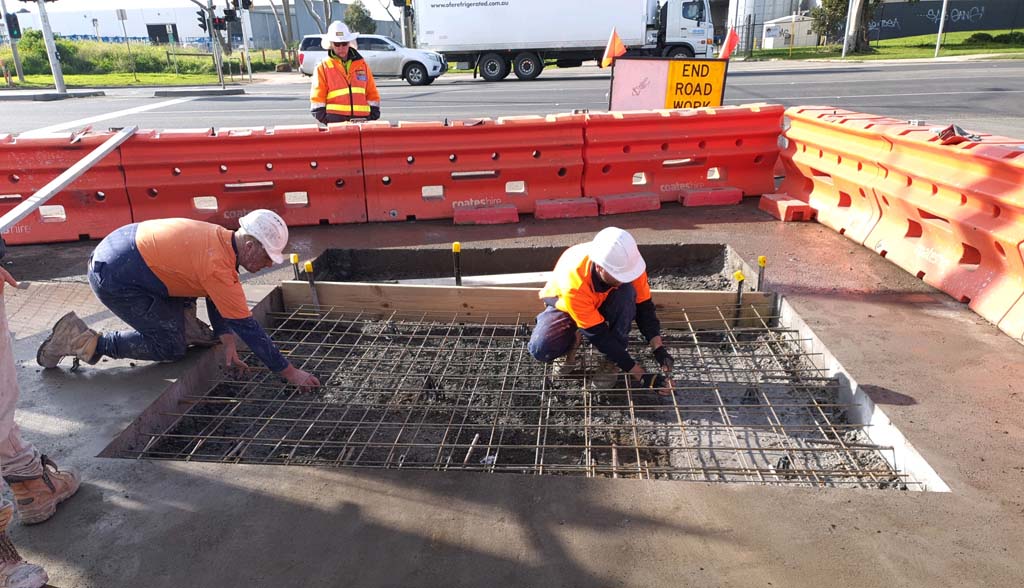Concrete Patching in High-Traffic Areas: Tips for Resilient Repairs
05 October 2023
Explore tips for resilient concrete patching in high-traffic areas. Carried out by Capital Industry Group, ensure long-lasting repairs. Call 03 7064 1294.
Concrete surfaces in high-traffic areas like sidewalks, parking lots, and public plazas can undergo constant wear and tear, especially those located in bustling urban environments. As they experience these issues, they can subsequently attain cracks, potholes, and surface damage that can compromise aesthetics and safety.
One effective way to resolve these problems is through concrete patching. This process helps maintain safe and resilient surfaces in busy locations.
Key Challenges of High-Traffic Areas
High-traffic areas pose unique challenges for concrete surfaces due to the continuous stress and impact they endure. Some of these challenges are as follows.
• Heavy Foot Traffic: Pedestrian traffic in busy areas can lead to surface degradation and wear, which results in cracks and spalling.
• Vehicular Loads: Parking lots and roadways can then experience constant vehicular loads, causing potholes and surface damage over time.
• Environmental Factors: Exposure to harsh weather conditions, freeze-thaw cycles, and environmental pollutants can accelerate concrete deterioration.
Concrete Patching as the Key Solution
Concrete patching, fortunately, can help address these key challenges. This repair and restoration process can be utilised to fix damaged or deteriorated concrete surfaces.
This process often involves removing or repairing the damaged portions of the concrete and then applying new concrete or specialised patching materials to restore the surface to its original condition or improve its structural integrity. The primary goal of concrete patching is to address any issues promptly, preventing further deterioration and ensuring the safety and longevity of the concrete structure.
Once this process has been carried out, high-traffic areas are ensured to become a safer environment for pedestrians and vehicles. It can also help extend the lifespan of concrete surfaces, reduce the frequency of repairs, minimise maintenance costs, and enhance the overall appearance of high-traffic areas.
Carry Out Resilient Concrete Patching
Numerous tips can be followed to achieve resilient concrete patching. These tips include:
• Select Quality Materials: One tip for resilient concrete patching is to select high-quality concrete patching materials. Using low-quality materials in patching high-traffic areas may only lead to premature failure and additional repairs.
• Conduct Proper Surface Preparation: Another thing that must be done is to thoroughly clean and prepare the damaged area before applying the patching material. Doing this ensures proper adhesion of patching materials and enhances the longevity of the repair.
• Add Reinforcement: For areas subjected to vehicular traffic, consider adding steel or synthetic fibre reinforcement to the patching material. Doing this can help improve the tensile strength and load-bearing capacity of the concrete surfaces.
• Carry Out Sealing and Curing: Proper sealing expansion and control joints in high-traffic areas must be done to prevent water infiltration and potential joint failure. Afterwards, recommended curing procedures should be followed to allow the patching material to develop its full strength and durability.
Concrete patching in high-traffic areas requires careful consideration of materials, techniques, and safety. After all, well-maintained concrete surfaces in busy urban spaces promote safety, aesthetics, and the longevity of essential infrastructure. By promptly addressing damage, using quality materials, and following best practices, resilient repairs can be achieved.
Optimized by: Netwizard SEO

